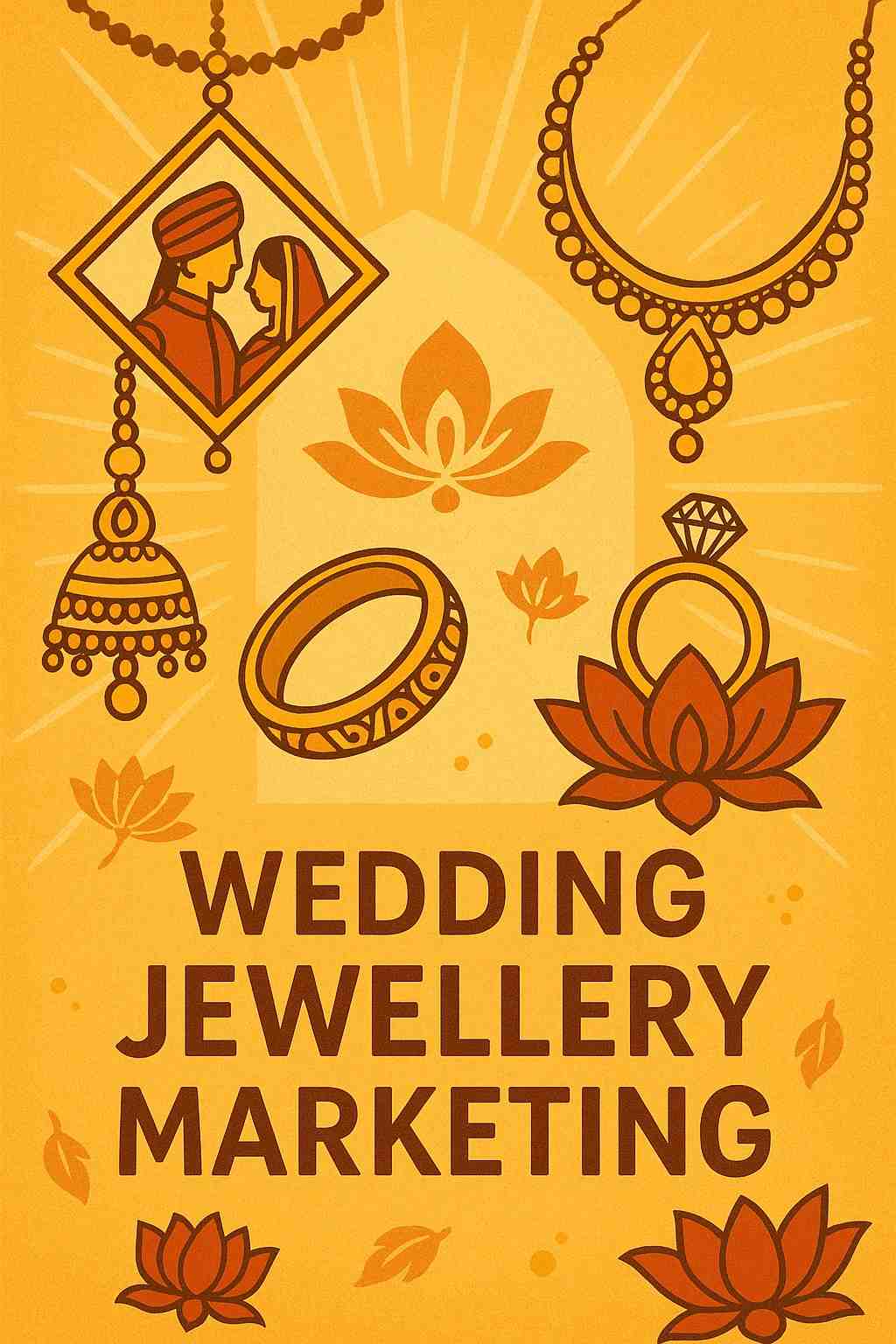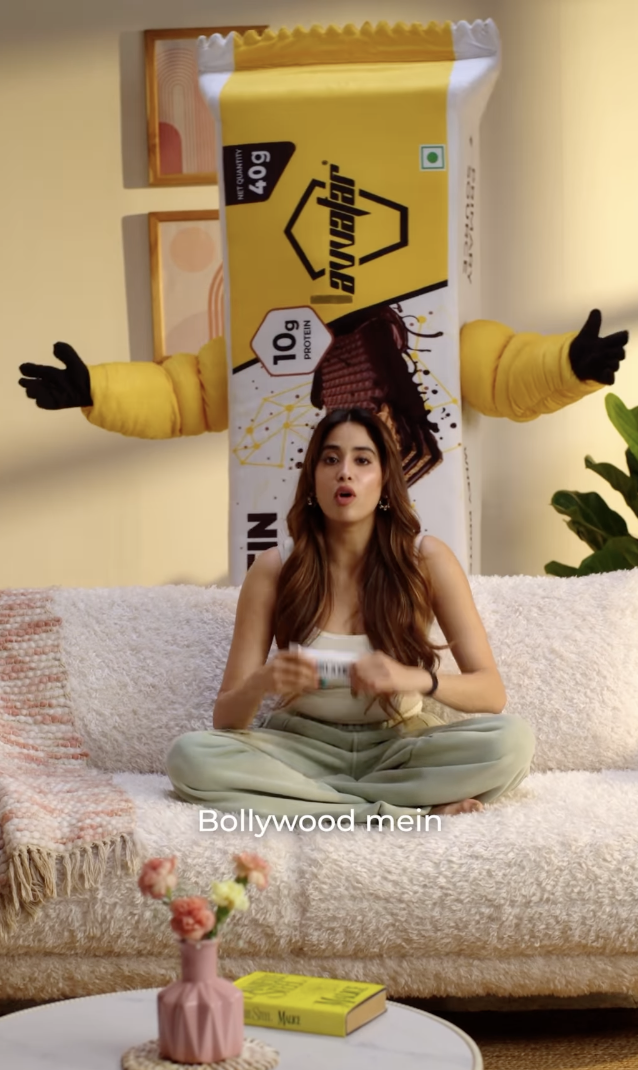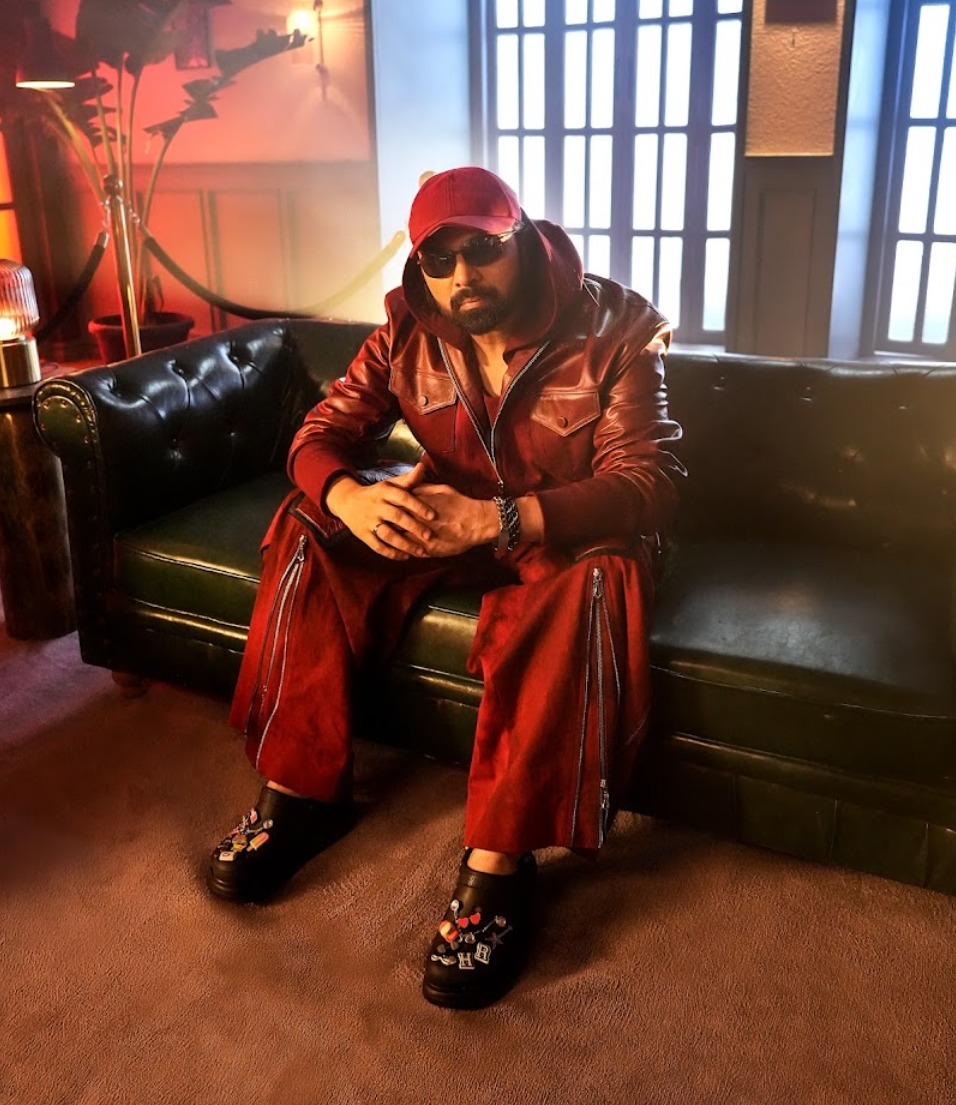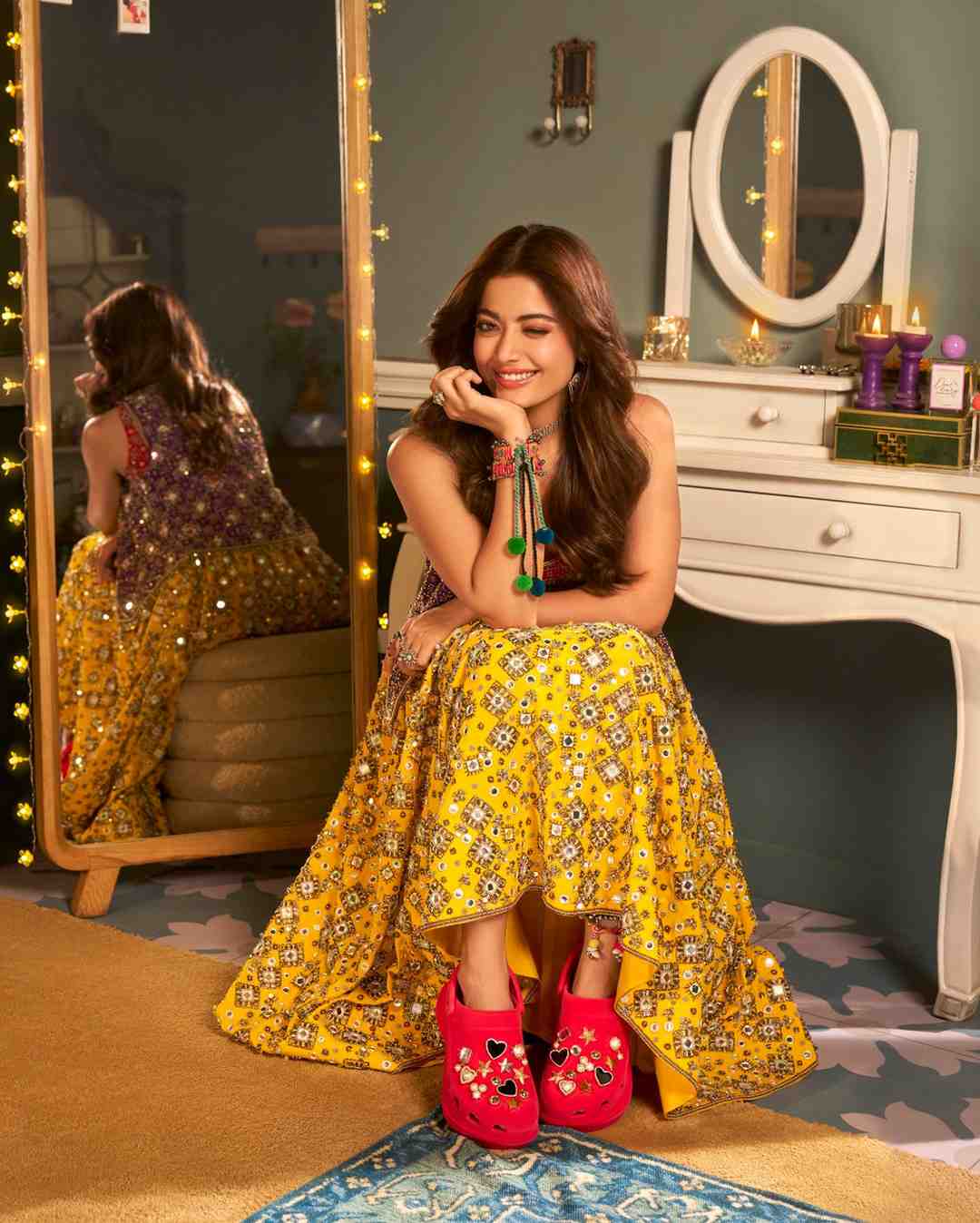The Future of Marketing in India: Data, Trends, and Campaigns Leading the Way
November 12, 2025
India’s marketing landscape is changing fast — driven by rapid internet adoption, a shift to mobile-first consumption, the rise of short-form content and creator economies, and the practical entry of AI into everyday marketing decisions. Below I map the major trends shaping the next 3–5 years, show how Indian brands are already turning those trends into campaigns, and back the big claims with data from recent industry reports.
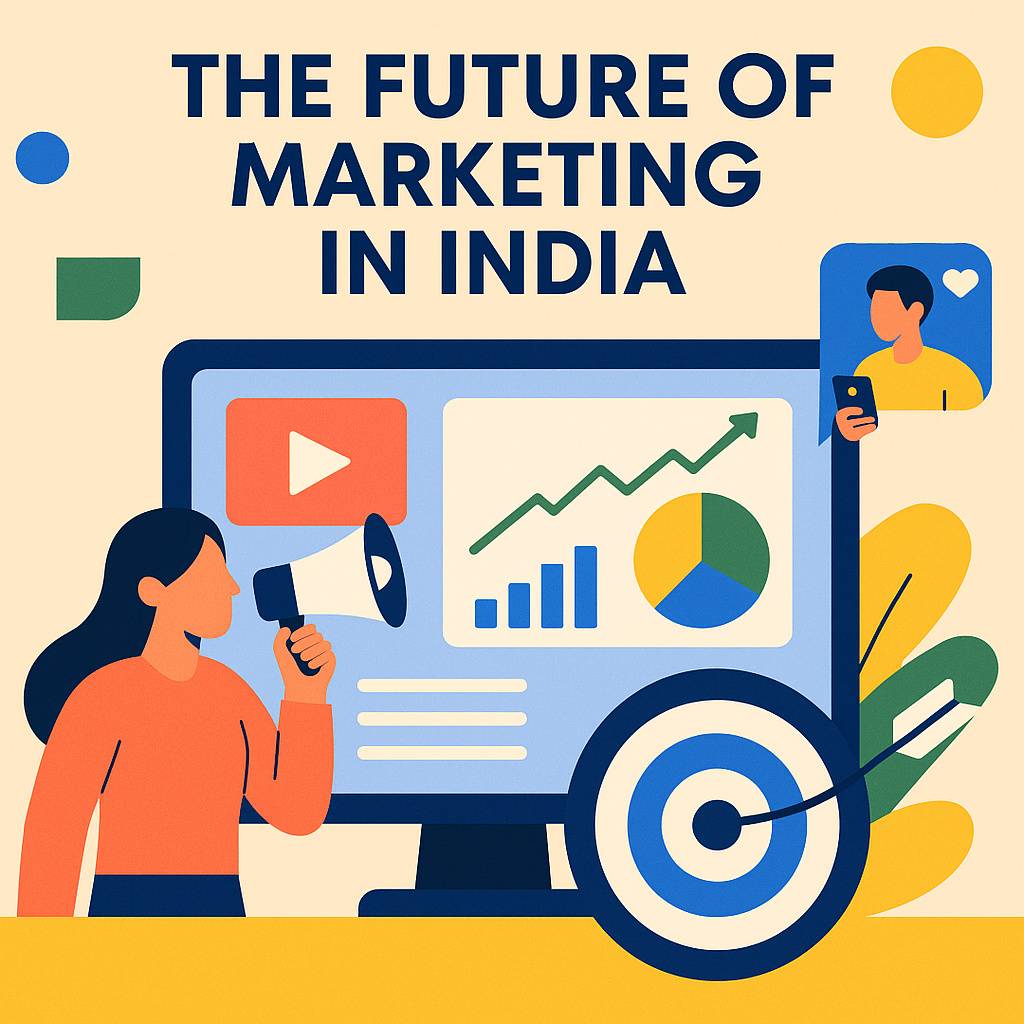
Where we stand (quick snapshot with data)
1- India is on track to exceed 900 million internet users, with strong growth from rural areas and regional-language adoption playing a major role. Source -The Economic Times
2- Digital advertising in India is booming: recent industry research estimates a ~29% growth in digital media spends, reaching roughly INR 40,800 crore in FY2024–25, and for the first time digital has overtaken TV share in advertising mix (digital = ~41% of ad spend). Source -Ipsos
3- Marketers are reallocating budgets: retail media, CTV and performance-driven channels are priorities — globally 41% of marketers say they plan to increase spend in retail media in 2025. Expect similar dynamics in India as e-commerce ad inventory matures. Soruce -Kantar
4- Consultancy projections point to multi-year digital ad growth (strong mid-teens CAGR in the coming years) as new media formats and deeper internet penetration expand the ecosystem. Source -The Economic Times
5- These numbers mean opportunity: more reach, more measurable channels, and more competition — which forces creativity, data literacy, and platform-savviness.
Five marketing trends that will define India’s near future
- Hyper-local + regional-language marketing
Internet growth is coming from smaller towns and rural markets. Brands that adapt creative, language and distribution for regional audiences will win—this is not just translation but culturally tuned storytelling and placement (local influencers, vernacular video formats, regional search behavior). The Economic Times
- Creator & community-led growth (creator economy as distribution)
Influencers and creator networks are now core distribution channels — not just amplification. Brands co-create products, drop limited collections and run commerce-first creators’ funnels. Expect deeper creator partnerships (revenue share, affiliate links, creator-driven storefronts) rather than one-off posts. (Indian campaign examples below show this in action.) Hobo.Video +1
- Retail media and performance-driven buying
Retail platforms (marketplaces and CTV + connected ecosystems) offer first-party commerce signals — marketers are shifting budgets to these measurable, ROAS-friendly channels. Kantar notes increasing marketer appetite for retail media; watch how FMCG, electronics and D2C brands use marketplace DSPs and sponsored placements. Kantar
- Short-form video, real-time creativity and social commerce
Short, snackable video (native to Reels, Shorts, Instagram/TikTok-like formats) is the primary attention currency for Gen Z and urban consumers. Real-time, reactive social posts (Zomato-style witty comms) and shoppable shorts are direct pathways to conversion. IAMAI’s research also points to a maturing social-commerce funnel with evolving shopper behavior. IAMAI +1
- AI-first marketing (augmentation, not replacement)
Generative AI will accelerate content production, media planning and personalization at scale. But the competitive edge will be in AI + human cultural sensibility: using AI to scale experiments and creatives while humans steer brand purpose, sensitivity and cultural resonance. Kantar and Nielsen research both anticipate AI to move from pilot to core capability in 2024–25 planning. Kantar +1 Notable Indian campaigns that illustrate the future in practice These examples show how brands are applying the trends above. Zomato — real-time social, cultural relevance, creator play Zomato’s ongoing strategy combines witty, culturally tuned social copy, creator collaborations and app-first promotions to stay top-of-mind. Their content-led approach converts cultural moments into engagement and frequent app opens — a textbook use of reactive social + creator amplification. (Multiple 2023–24/25 campaigns documented in industry writeups.) webmarketingacademy.in+1 Why it matters: quick cycle creative that’s platform-native builds salience for conversion-focused apps. Nykaa & Beauty D2Cs — creator-led product drops and affiliate economics Beauty and personal-care brands in India run creator co-created product lines, livestream commerce, and affiliate/referral programs. These tie directly into retail media and measurable ROI while leveraging influencer credibility. Industry roundups of influencer campaigns highlight Nykaa and similar players as leaders. 6thstreetartist.com Why it matters: creators become product champions and direct conversion channels. BoAt & lifestyle brands — community, UGC and micro-influencers BoAt’s lifestyle positioning blends macro campaigns with micro-influencer UGC, tight e-commerce integrations and seasonal drops. The result: community-driven social proof that scales across price-conscious, mobile-first shoppers. Hobo.Video Why it matters: community-first approaches lower CAC and increase repeat purchase probability.
What marketers should do — a practical playbook
Invest in first-party data & measurement: With privacy changes and cookie deprecation, build CRM, app and transaction-linked measurement. Shift to outcomes (LTV, ROAS, retention) rather than vanity metrics. Ipsos
Localize deeply — content + commerce: Hire regional creators, test vernacular ads and local commerce hooks. Rural users are a growing share of the internet — ignore them at your peril. The Economic Times
Treat creators like channels, not tactics: Set long-term creator partnerships with revenue-linked incentives (affiliate links, performance SLAs), not single-post buys. Hobo.Video+1
Run many small experiments with AI tooling: Use generative tools to A/B creative variants, then scale winners. Humans validate brand fit and cultural tone. Kantar+1
Balance brand & performance budgets: While performance channels drive short-term sales, brand-building keeps CPMs sustainable and reduces dependency on discounts. Kantar and Nielsen both flag brand-health investment as strategic in uncertain markets. Kantar+1
Risks & ethical considerations
-
Misinformation & cultural sensitivity: Real-time marketing can backfire; invest in legal/reputation checks for fast-moving content.
-
Creator transparency: Disclosure, FTC-like compliance and clear product claims are mandatory as influencer commerce grows.
-
AI hallucination & brand safety: AI-generated creatives must be reviewed for accuracy and cultural fit.
Bottom line
India’s marketing future is neither purely digital nor purely data-driven — it’s digital + local + human. Massive internet growth (900M+ users) and rising digital ad budgets create an unprecedented scale of opportunity, but brands will win by combining data and measurement with culturally resonant storytelling, creator partnerships, and thoughtful AI adoption. Expect retail media, short-form commerce and regional-language strategies to be the fastest-moving playbooks in 2025–2027. The Economic Times+3The Economic Times+3Ipsos+3
Related Posts
Get in touch with us
We are just a phone call away from you.
Feel free to call us anytime or write to us on our email id. We are always available to solve your queries.
